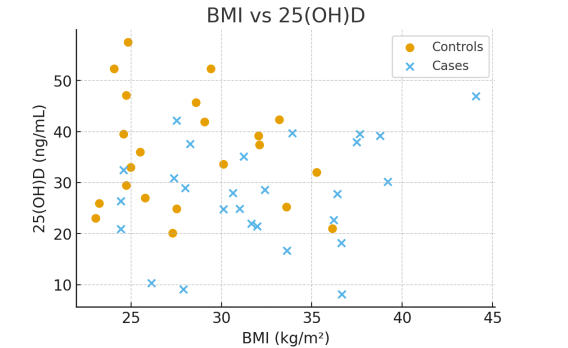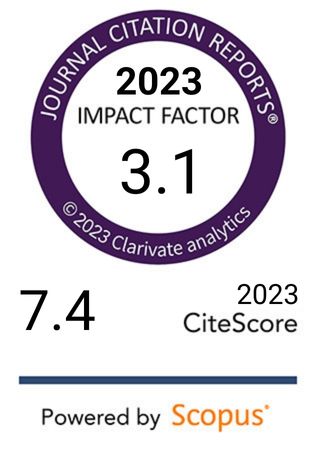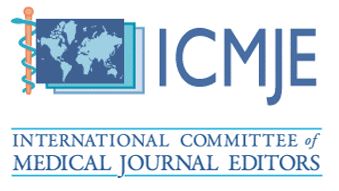Vitamin D and calcium status in preeclampsia and pregnancy-induced hypertension
DOI:
https://doi.org/10.17305/bb.2025.13081Keywords:
Vitamin D deficiency, calcium deficiency, hypertensive pregnancyAbstract
Hypertensive disorders of pregnancy are major causes of maternal and perinatal morbidity and mortality, and nutritional factors such as vitamin D and calcium have been proposed as modifiable risks; therefore, we investigated the association between maternal vitamin D and calcium status and pregnancy-induced hypertension (PIH) and pre-eclampsia (PE) and explored the relation with supplementation. In this observational cross-sectional study, 84 third-trimester women were enrolled from two hospitals in Lublin, Poland (41 PIH/PE, 43 controls). Serum total and ionised calcium, 25-hydroxyvitamin D [25(OH)D], and 1,25-dihydroxyvitamin D₃ were measured using standardised immunoassays, and group differences, correlations, and multivariable logistic regression were applied with adjustment for body mass index (BMI), maternal age, gestational age, calcium fractions, and gestational diabetes. PIH/PE cases had lower 25(OH)D than controls (27.8 vs 35.7 ng/mL; p = 0.012) and higher BMI (33.0 vs 27.5 kg/m²; p < 0.001), while total and ionised calcium and 1,25-dihydroxyvitamin D₃ were similar (all p ≥ 0.40); supplement use was more frequent among controls (84% vs 73%). In adjusted models, higher BMI increased the odds of PIH/PE (OR 1.19 per kg/m²) and higher 25(OH)D was protective (OR 0.92 per ng/mL); discrimination was fair (AUC 0.78). These findings support an association between vitamin D insufficiency and obesity with hypertensive pregnancy disorders and suggest preserved calcium homeostasis, but given the cross-sectional design, third-trimester sampling, small sample size, and non-standardised supplementation, causal inference and preventive recommendations cannot be made; larger prospective studies beginning in early pregnancy are warranted to test whether optimising vitamin D and calcium can reduce hypertensive complications.
Citations
Downloads

Downloads
Published
Issue
Section
Categories
License
Copyright (c) 2025 Wiktor Wojczakowski, Dominik Dłuski, Konrad Futyma

This work is licensed under a Creative Commons Attribution 4.0 International License.









